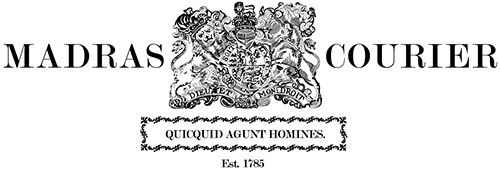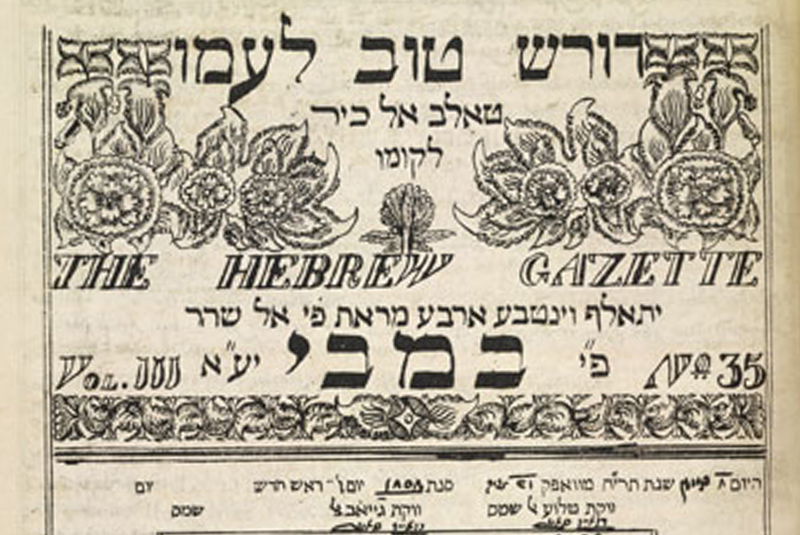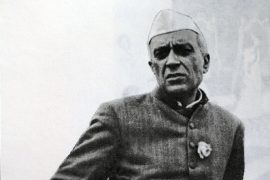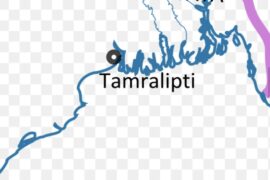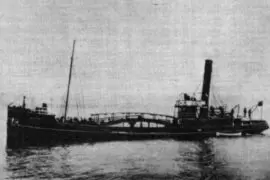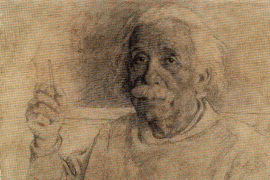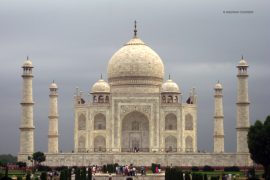In the early nineteenth century, business was good for the Sassoon family. After moving to Bombay from Baghdad, Iraq, they started trading in opium, cotton and other commodities. In a few decades, they established a global business empire, amassed enormous wealth and became one of the wealthiest Jewish families in the sub-continent.
David Sassoon, the pioneer who started trading in Bombay, ran his business empire with his sons like a well-oiled machine. One of David Sassoon’s sons, Sason ben David Sasoon (S.D) took a keen interest in the affairs of the world. Running a global empire meant he needed to understand how the ebb and flow of world events would affect the family business.
That was also a time when the press was starting out in India. A few decades after the Irishman James Augustus Hickey established Hicky’s Bengal Gazette in 1780, and Richard Johnston started the Madras Courier in 1785, enterprising individuals and social reformers started newspapers aimed at Indian readers.
In 1811, a few merchants from Calcutta started the Calcutta Chronicle, edited by James Silk Buckingham. A decade later, in 1822, Raja Ram Mohun Roy started a Bengali newspaper Samband Kaumudi and a Persian paper Mirat-ul-Akhbar. In the same year, Fardanoji Murzaban, the pioneer of the ‘vernacular press,’ started the Bombay Samachar. And in 1836, The Bombay Times and Journal of Commerce, the precursor to the Times of India, published its first edition. The press was slowly starting to take on a new role in India. Newspapers were becoming the new tools to speak and be heard.
Copyright©Madras Courier, All Rights Reserved. You may share using our article tools. Please don't cut articles from madrascourier.com and redistribute by email, post to the web, mobile phone or social media.Please send in your feed back and comments to [email protected]
